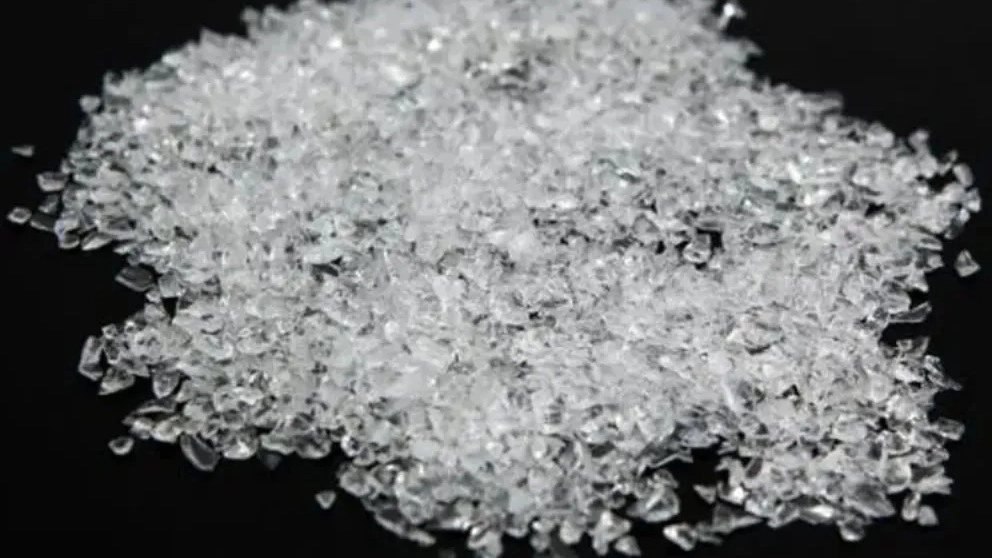Silica

✔️ Application of different qualities of silica
✔️ Silica glass
Silica is the main element in all types of glass. The main glass products include containers (glass bottles and crystal cups), flat glass (windows, mirrors, vehicle glass, etc.), lighting glass (light bulbs, fluorescent tubes, etc.) , tableware (crystal, drinking glasses, etc.), TV screens, decorative glass, fiberglass and optical glass.
✔️ Casting silica
Silica has a high melting point of about 1610 degrees Celsius. Casting of metal parts is done by pouring molten metal into molds made of silica sand.
✔️ Silicon tile and ceramic
Fine-grained silica is a component of most clay bodies and the main component of ceramic glaze. Common everyday products include tableware, sanitary ware, ornaments, and wall and tiles.
Silica filtration and purification
Silica sand in different granularity for purifying and refining solid materials from sewage And water purification is used. To purify the water of swimming pools, home jacuzzis, different granulations of premium silica are usually used.
Silica in special construction applications
The construction industry is based on silica and specialized applications such as in production There are silica concrete blocks, floor and ceiling tiles, sealing compounds, putty and resin injection systems.

✔️ Silica in sports places
Silica sand is used for the floors of equestrian clubs, in the production of artificial grass, golf and football fields, and in parks and as a sandpit.
Silica aquarium and terrarium
Aquarium substrate is an important part of aquarium components because many fish dig the substrate and soil of the aquarium floor to search for food. Plants also need a safe place and must absorb food through their roots in the soil. Due to digging and placement of fish in contact with the soil of the aquarium bed, it is necessary that the bed does not have sharp corners. Silica sand is a suitable substrate for aquariums and terrariums. This substrate is excellent for plant care and plant growth. Also, special aquarium silicas are neutral and do not release undesirable water hardness and silicates in the water.
✔️ Other uses of silica
Silica has many uses, including in the production of chemicals and metals, filters in some Industries include production of plastics, synthetic stones, production of refractory materials and additives in agricultural and garden products.
Application of amorphous silica:
It is a type of silica whose structure breaks and becomes amorphous due to high heat, and unlike the conventional type of silica crystal, it is brittle and soft. They are used in various industries, such as the production of silica gel, an additive to increase the resistance of concrete, the manufacture of optical fiber, the manufacture of silicones and silicates.
Silica sand
✔️ Silica powder
Premium crystalline silica powder is used in toothpaste and tooth polishing compounds, industrial cleaners, jewelry and metal polishing compounds. It has found a special place in the automotive industry, which uses it in the form of polishing compounds and putty in lacquer finishes. Most of the production of silica sand is used in the abrasive industry, but some is also used in the plastics and resins sector, in epoxy molded compounds, where they provide greater strength and flexural strength. .
Silica powder is an important additive in plastics, sealants and abrasive production processes. Fine-grained silica is much cheaper than the organic resins used in plastics. In electrical cable sheaths and certain other applications where insulating properties are critical, the dielectric properties of quartz make microcrystalline silica a desirable filler. Silica acts as a white base for plastics, rubbers, and many sealants and adhesives. This material is opaque and makes it possible to accept pigments more effectively and provides a suitable level of color saturation. The use of fine-grained silica improves the strength of the plastic formulation as it increases the stiffness of the final plastic. Powdered silica is added as a non-reinforcing filler in rubber applications. The use of crystalline silica in the production of rubber printing rollers increases their wear resistance. Silica is widely used in grouts, sealants and epoxy cement. So that up to 60% of epoxy compounds are formed from this material.

